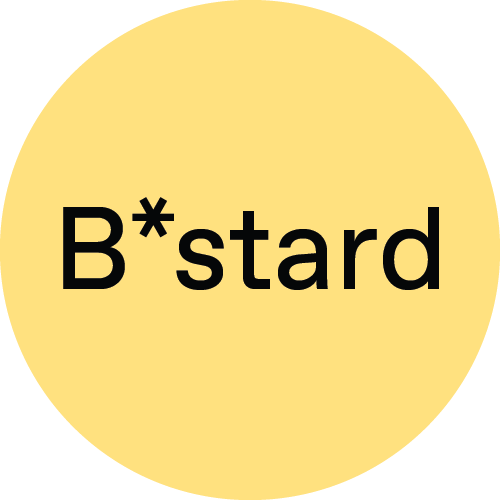Documents on Contemporary Crafts is a book series published by Norwegian Crafts in collaboration with arnoldsche Art Publishers that offers critical reflection on contemporary crafts, seeking to stimulate critical discourse within the field of crafts. With the first five volumes of Documents on Contemporary Crafts, Norwegian Crafts have taken a closer look at some of the core phenomena that act as building blocks for the contemporary craft world today:
* education, learning and skills in book no. 1: Museum for Skills
* materiality, making and technology in book no. 2: Materiality Matters
* curating, exhibition making in book no. 3: Crafting Exhibitions
* private, personal and museal collecting in book no. 4 On Collecting
* aesthetics, philosophy and epistemology in book no. 5 Material Perceptions
Photo — Kaja Bruskeland
Contributors:
Glenn Adamson ∣ Liesbeth den Besten ∣ Erling Moestue Bugge ∣ Knut Astrup Bull ∣ Joakim Borda-Pedreira ∣ Dennis Dahlqvist ∣ Paul Derrez ∣ Michael Eden ∣ Per Gunnar Eeg-Tverbakk ∣ Neil Forrest ∣ André Gali ∣ Sarah R. Gilbert ∣ Line Halvorsen ∣ Tanya Harrod ∣ Jessica Hemmings ∣ Trude Schjelderup Iversen ∣ Ann Jones ∣ Søren Kjørup ∣ Roger L. Kneebone ∣ Stephen Knott ∣ Gunnar B. Kvaran ∣ Maria Lind ∣ Anders Ljungberg ∣ Knut Ljøgodt ∣ Trevor H. J. Marchand ∣ Martina Margetts ∣ Iain McGilchrist ∣ Nanna Melland ∣ Hilde Methi ∣ Jørn Mortensen ∣ Yuka Oyama ∣ Anthony Shaw ∣ Petter Snare ∣ Gjertrud Steinsvåg ∣ Jorunn Veiteberg ∣ Margaret Wasz ∣ Trine Wester ∣ Anne Britt Ylvisåker ∣ Marianne Zamecznik
Editor: André Gali
ISBN 978-3-89790-580-1
Box set with the first five books in the series Documents on Contemporary Crafts
No.1: Museum for Skills
Skills are essential to the crafts discourse; we can barely separate the concepts of ‘skills’ from ‘crafts’. Yet in an artworld that for the last 50 years has become increasingly focused on conceptual strategies, we have seen the tendencies of deskilling and outsourcing. This situation is typically found in capitalist societies in Europe and North America that focus on rationalized efficiency. Keeping and maintaining skills in a textile or porcelain factory can be too time consuming and expensive. In Museum for Skills, the contributors analyse the current situation for skills by drawing on experience from the fields of brain research, surgery and anthropology.
No.2: Materiality Matters
Materiality has played an important role lately in the discourse on artistic quality in contemporary art. But if we claim that materiality is a quality-related concept in both contemporary crafts and contemporary art, are we talking about the same notion of materiality? Or is there a fundamental difference between, on one hand, a maker’s loyalty to and confidence in his or her materials, and on the other, a contemporary artist’s use and adaption of a given material? Furthermore, what is the importance of the hand in contemporary craft practises that increasingly use new technology? In Materiality Matters, the contributors address these questions from the perspectives of artists, critics and curators.
No.3: Crafting Exhibitions
Curatorial discourse has been an increasingly important aspect of contemporary art for more than 50 years. When the independent curator entered the art scene, a new mode of thinking about exhibitions emerged: the exhibition maker took on a new role as the ‘author’ of the exhibition. In Crafting Exhibitions, we are introduced to some of the processes that go into making an exhibition, from developing concepts to the physical realization. The contributors offer different approaches to the craft of exhibition making; from museum exhibitions, survey exhibitions and personal exhibitions, to exhibitions that challenge the framework of the institutions where they are shown.
No.4: On Collecting
Art collectors and collections make up an important part of the contemporary arts and crafts infrastructure. Art collectors and museums help improve the financial situation of artists by buying their works, but just as important is the symbolic meaning of such collections. To be included in the ‘right’collection or museum can give an artist a high level of recognition, at the same time as the purchase secures the work a place in a system that intends to preserve it for the future. In On Collecting, the contributors offer insights into collecting from public, private and personal perspectives. They also shed light on some of the structures that determine the ‘collectability’ of works of art.
No.5: Material Perceptions
There are many ways to perceive and interpret contemporary craft objects – for instance, as works of representational art in ceramics, glass, textile, metal and wood, or as functional, handmade and everyday objects. In Material Perceptions, the contributors investigate the perception of contemporary crafts as a particular discourse and aesthetic vocabulary. According to the editors, contemporary crafts can benefit from being discussed as representations of reality that do not rely on the concept of autonomy. As such, neither do they rely on the conventional dualism between aesthetic objects and everyday things. The contributors investigate the possibility to perceive craft objects from perspectives that relate to the aesthetic tradition of materialism.
https://norwegiancrafts.no/








